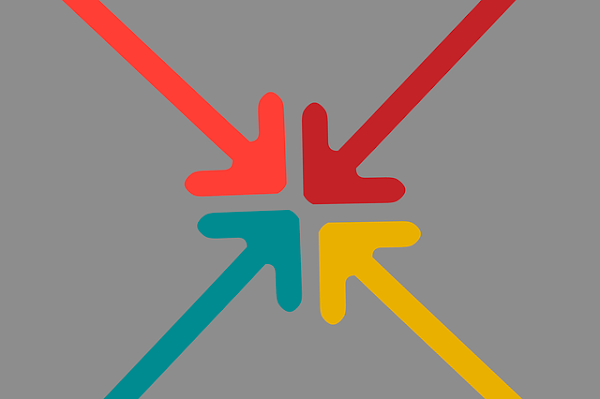The integration of subsystems that collaborate to deliver functionality which will help to achieve business goals, System integration is the crucial part of business, we make sure that system integration is achieved in less time & provides maximum efficiency for your business.

Types of System Integration
- Horizontal Integration
Creating one interface between other subsystems, the interface is independent of other subsystems. Horizontal integration is also termed as “Enterprise service bus”.
-
Vertical Integration
These are the subsystems which are integrated based on their functionality. Vertical integration performs quickly.
-
Star Integration
Subsystems are connected across multiple subsystems, forming a star shape. Such integration is used for multiple connection across subsystems. -
Common Data format
It is the type of integration in which subsystem transform the data to other application based setup. -
Continuous integration (CI)
Our developers integrate code into shared archive errors faster. Continuous integration aims at solving issues quickly, long integration takes ample amount of time, continuous integration saves times. CI builds a solid foundation.
-
Enterprise application integration
Enterprise application is a collection of technologies. We provide enterprise application integration which uses software and computer system to integrate set of enterprise application. Enterprise application integration improves connectivity.
-
Cloud based integration
Multiple application programs are stored on cloud, the integration takes place on cloud based storage. Cloud based integration provides flexibility.


